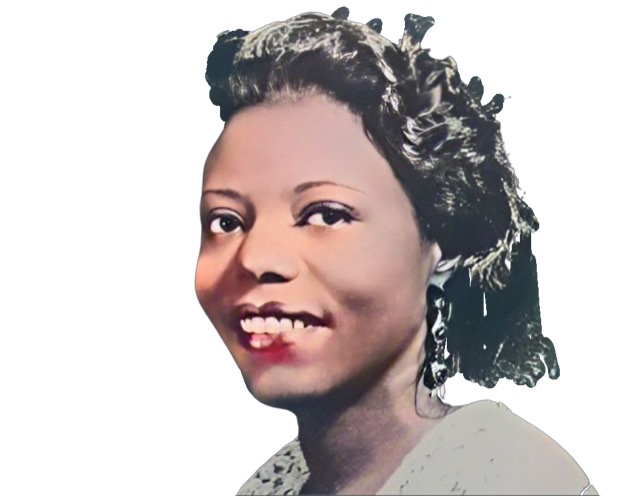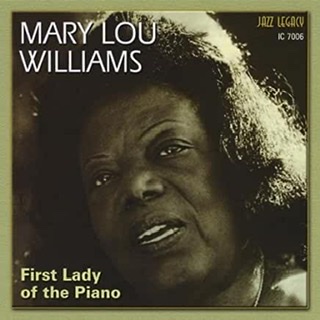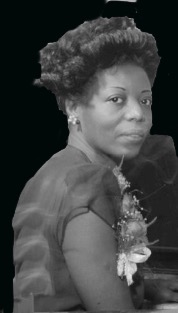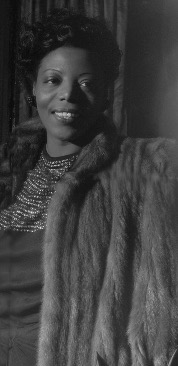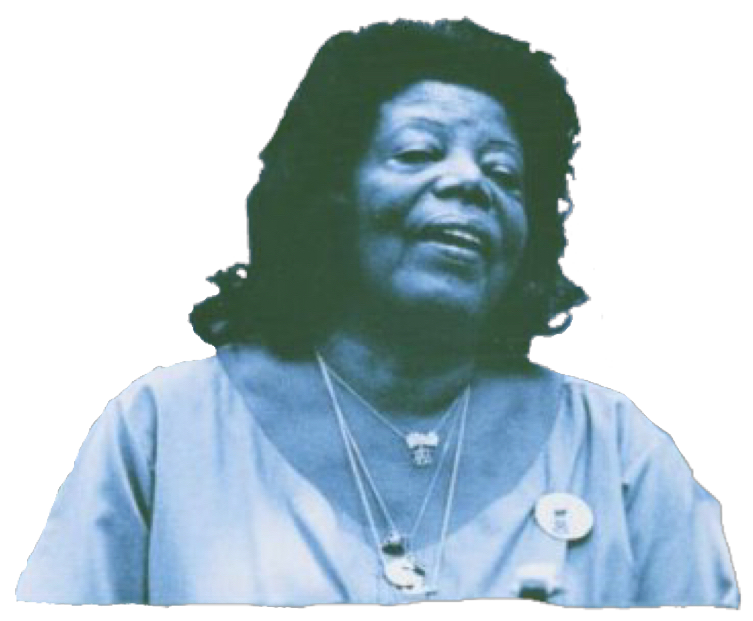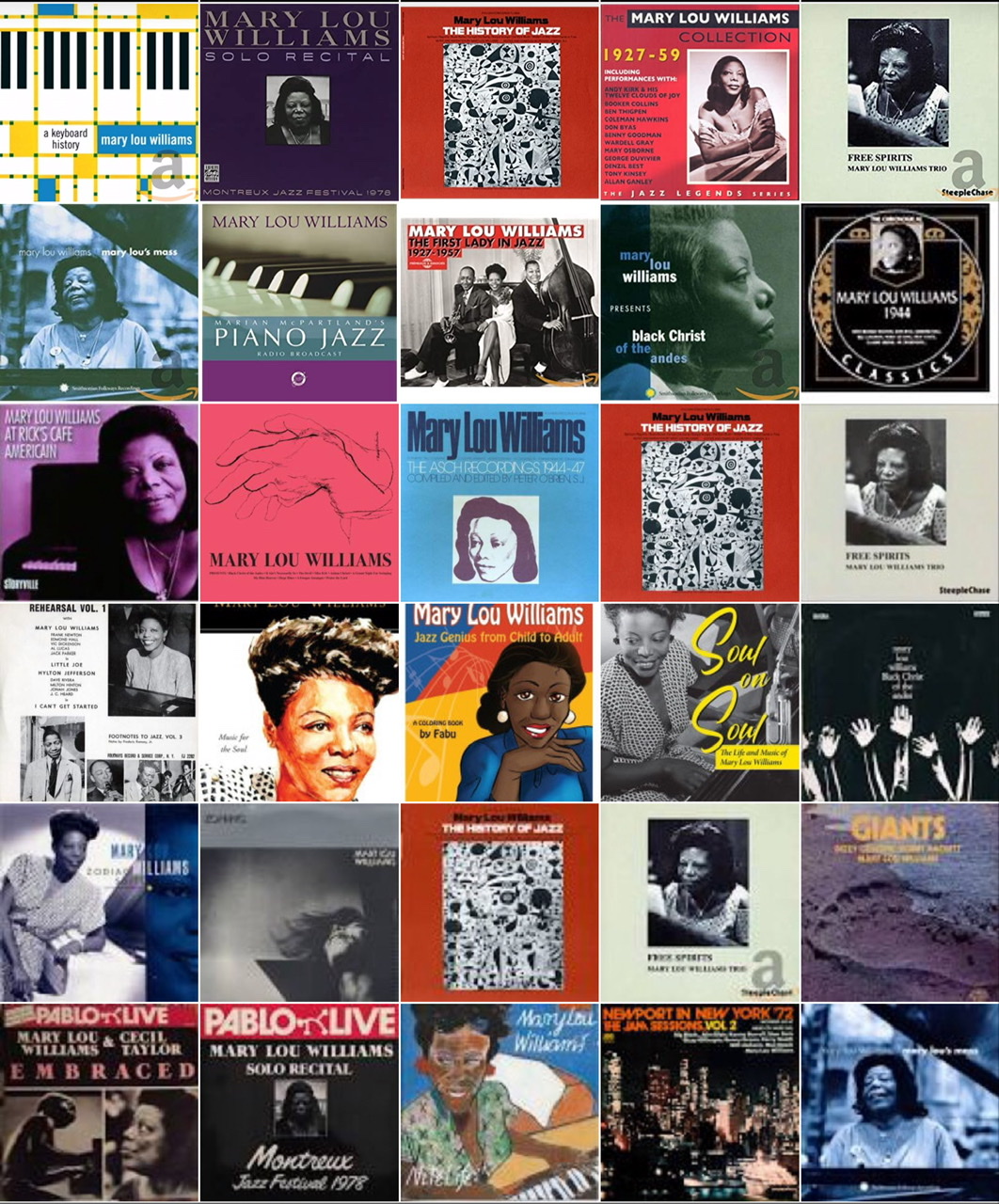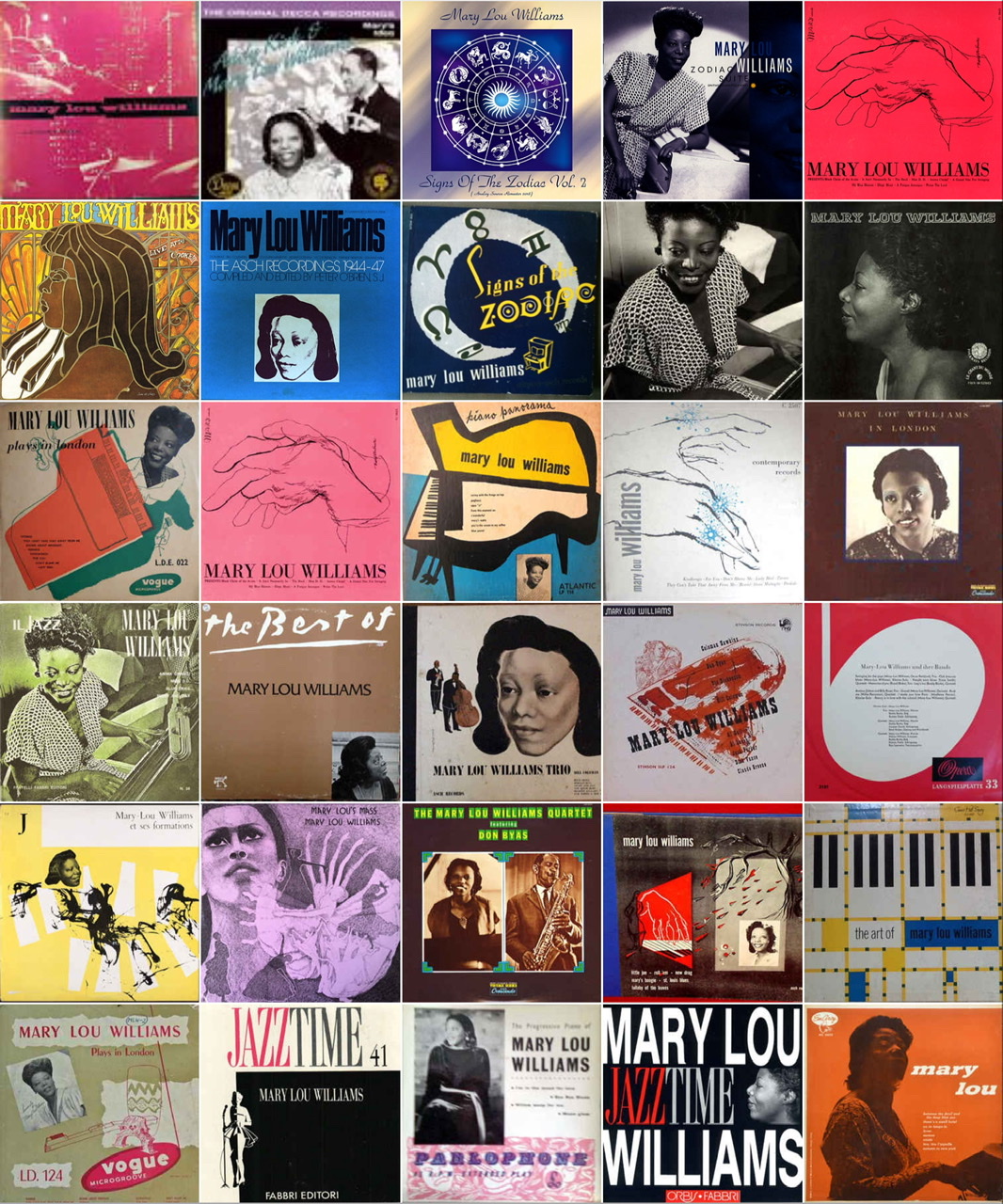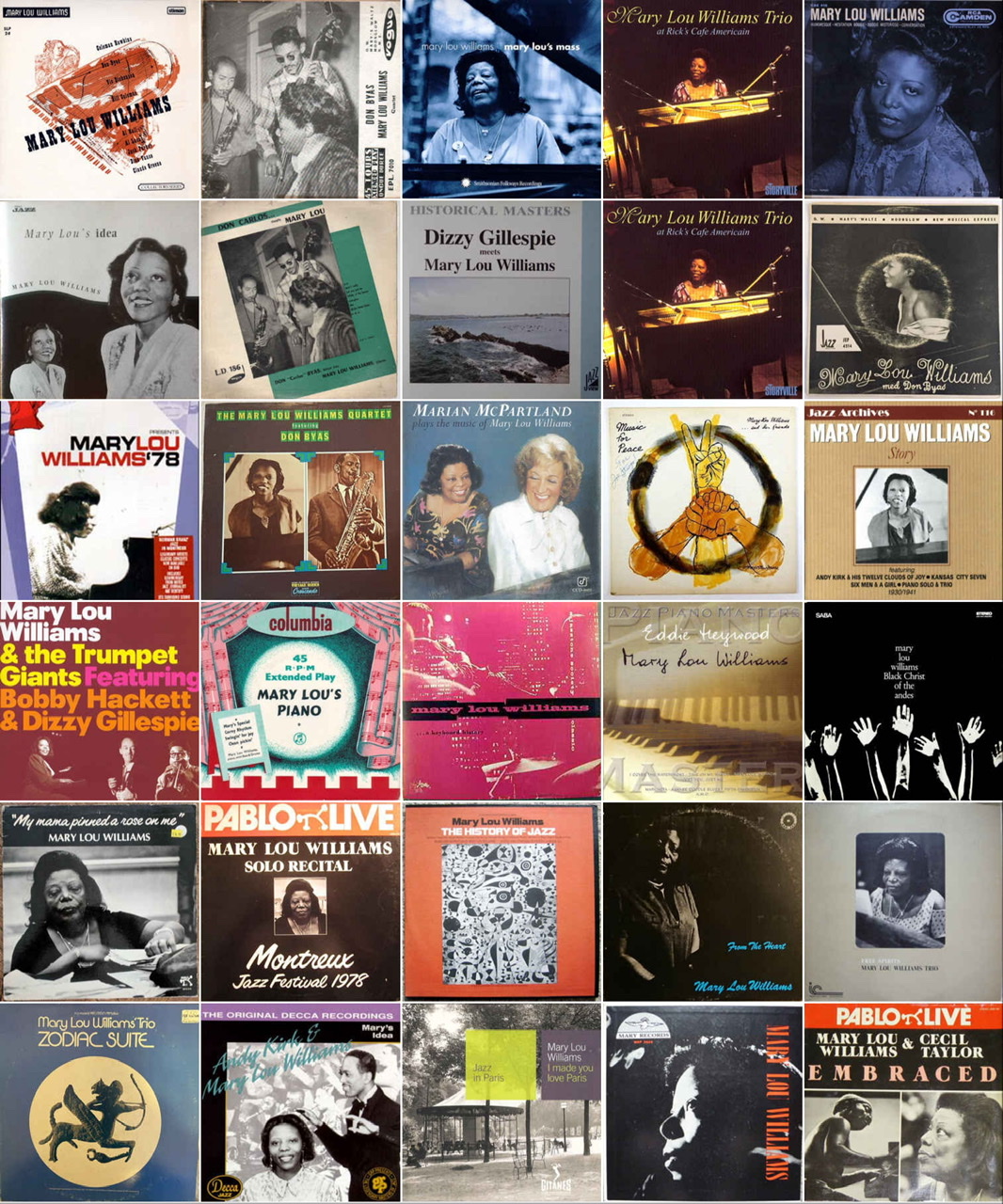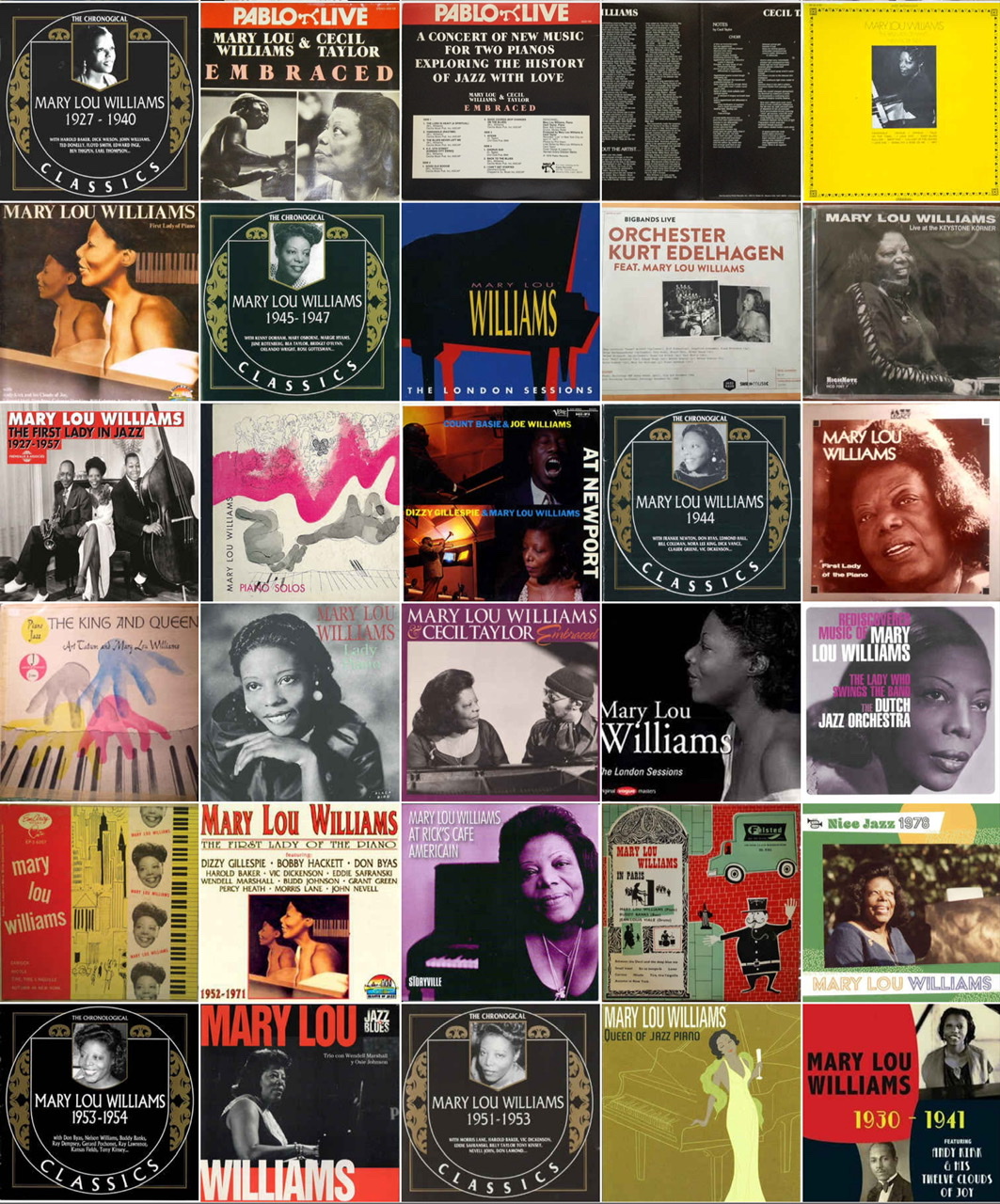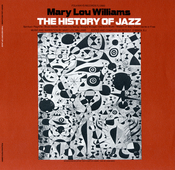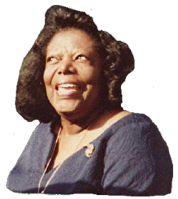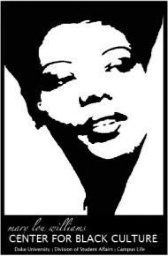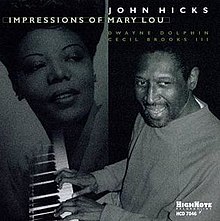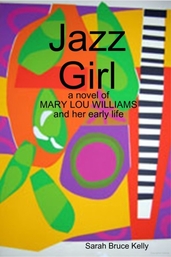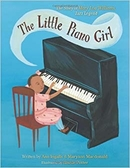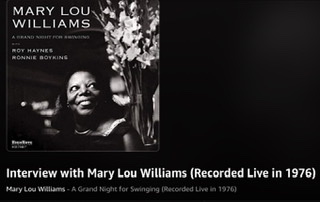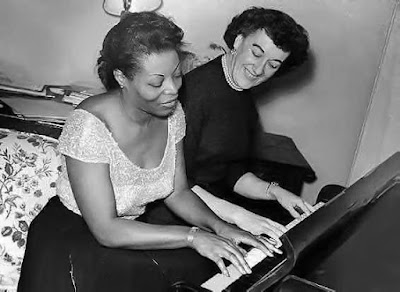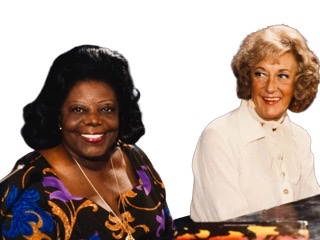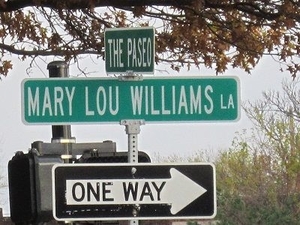Template:MaryLouWilliams
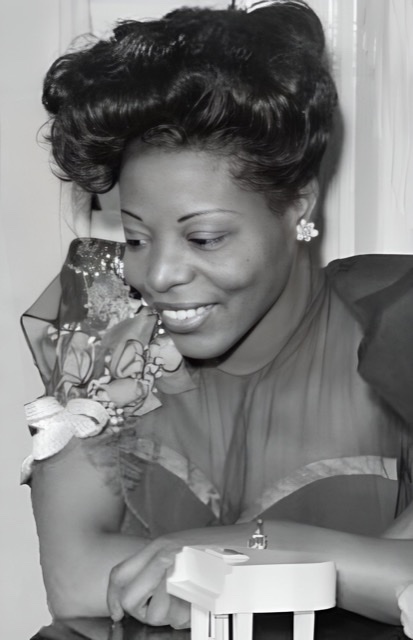 (her Harlem apartment, New York, N.Y., ca. August 1947) Mary Lou Williams /
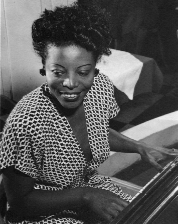 (New York, NY ca. 1946)
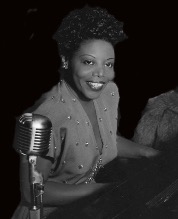 (Café Society Downtown, New York, N.Y., ca. June 1947)
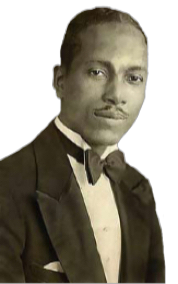 (Andy Kirk (1898-1992)) Twelve Clouds of Joy band until April 1930, at which time she became a regular member.
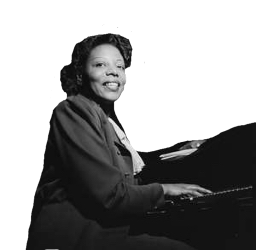 (Photo taken around 1947)
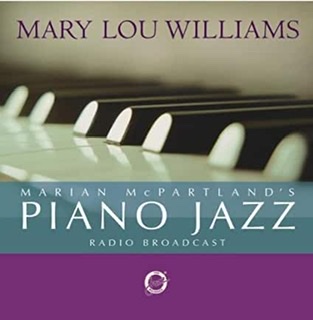
|
- ↑ Mary Lou Williams Interview, Melody Maker, April to June, 1954.
- ↑ Cassandra Jensen, "Top 10 Reasons Mary Lou Williams Should Be Your Favorite Jazz Musician," BlackPublicMedia.org, (March 31, 2015), third paragraph.
- ↑ Encyclopedia Brittanica: Mary Lou Williams, first paragraph. Most recently updated on May 25, 2018.
- ↑ Tammy L. Kemodle, "Ch. 5: How Do You Keep the Music Playing?," in Soul on Soul: The Life and Music of Mary Lou Williams (Chicago: University of Illinois Press, 2020), 81.
- ↑ As claimed in the Encyclopedia Brittanica: Mary Lou Williams, second paragraph:
“In 1927, when her husband, saxophonist and bandleader John Williams, moved to Oklahoma to join the popular Andy Kirk and his Clouds of Joy, Mary Lou Williams took over the leadership of his band. She began a successful arranging career in 1929, when she moved to Oklahoma to join her husband with Kirk. During her time with Kirk, the band became well known for her stunning solo piano and highly original arrangements, including “Froggy Bottom,” “Walkin’ and Swingin’,” “Little Joe from Chicago,” “Roll ’Em,” and “Mary’s Idea.” She is widely credited as a major influence for the Kansas City–Southwest Big Band sound that Twelve Clouds of Joy helped to popularize.” (bold not in original)
- ↑ Barry Kernfeld (editor), "Mary Lou Williams," The New Grove Dictionary of Jazz.
- ↑ 7.0 7.1 7.2 Encyclopedia Brittanica: Mary Lou Williams, fourth paragraph.
- ↑ Alexa Peters, "10 Women Instrumentalists Who Redefine Jazz," Paste magazine, December 1, 2016.
- ↑ "Mary Lou Williams," February 23, 2016, TurtleLearning Blog, 8th paragraph. Accessed September 15, 2019.
- ↑ Williams performed the full piece for the first time at Saint Francis Xavier Church (located at 46 West 16th Street near 6th Avenue in New York) November, 1962, and she recorded it in October 1963.
- ↑ “Tammy L. Kernodle provides a second reason for William's exclusion from most jazz historical narratives: her piano style, composing style, and arranging style defied categorization. Williams mastered each new style from the 1930s into the 1970s, and her arrangements similarly evolved with the passage of time.” in "Mary's Ideas: Big Band Music by Mary Lou Williams," "A Woman's Place in Narratives of Jazz," Theodore E. Buehner, Mary Lou Williams: Selected Works in Big Band, edited by Theodore E. Buehner, (Middleton, Wisconsin: A-R Editions, Inc, 2013), xiii.
- ↑ According to John S. Wilson, "Mary Lou Williams, A Jazz Great, Dies," NYTimes Obituary, May 30, 1981, 5th paragraph.
- ↑ John S. Wilson, "Mary Lou Williams, A Jazz Great, Dies," NYTimes Obituary, May 30, 1981, Section 1, 21.


